Kauai residents are speaking out, and their message is clear. Tourism may sustain the island’s economy, but unmanaged growth is straining daily life, from parking and rescue operations to sidewalk maintenance and cultural respect.
In Lihue, the Hawaii Tourism Authority held a meeting where large boards displayed questions about tourism, and residents filled them with sticky notes sharing their responses. HTA then presented a decade of charts showing visitor growth. The contrast could not have been sharper. The charts showed billions in spending, while the boards of sticky showed frustration over missing restrooms, rescues at dangerous sites, and a lack of sidewalks.
About sixty people attended. Rob and I watched as the boards filled with comments that were emotional, blunt, and sometimes surprisingly practical. A discussion then followed on each topic. Residents accepted tourism outright. They acknowledged its value, but they pressed for urgent fixes that match the reality of one and a half million visitors sharing their island every year.
What stood out was that Kauai residents seemed more open to acknowledging the value of tourism than we have sometimes heard elsewhere, even as they were firm about the problems that still need to be solved.
A decade of tourism growth.
HTA’s slides tracked ten years of data. Visitor arrivals are up 130 percent since the pandemic low, daily visitor counts are 10 percent higher, and total expenditures have risen by 382 percent. Per person daily spending has more than doubled. In 2023, the visitor share of GDP was measured at 2.2 billion dollars, representing more than 40 percent of Kauai’s economy. On paper, that is a success story, and officials emphasized that they want to attract higher-spending visitors rather than simply more of them.
Resident sentiment tells a different story.
The same charts showed that fewer than half of residents in North and East Kauai say tourism enhances their quality of life. That number has stayed nearly flat for a decade. Another measure, asking whether tourism brings more benefits than problems, improved until last year but has now slipped again. While visitor spending has soared, resident approval has not kept pace. That disconnect framed everything else that happened in the room.
Safety flashpoints and rescues.
The Kalalau Trail was a recurring concern. One note said there had already been 23 helicopter rescues this year alone. Residents asked why visitors can set off on such a dangerous hike without training, permits, or rangers on the trail to intervene. Some suggested fines of $1,000, while others mentioned cameras or enforcement similar to what is found at Mount Rainier.
Shipwreck Beach was flagged as a place with repeated drownings and rescues. Wailua Falls was called unsafe because people climb over barriers and hike the treacherous trail down to the falls. Hoopii Falls was described as overrun, with calls for speed bumps and crosswalks. Queens Bath, although permanently closed, was still cited for trespassing.
Not everyone agreed on how to fix these problems. Some wanted strict enforcement and penalties. Others believed education and redirection would be more effective, so that visitors understand why rules exist and where safer alternatives can be found.
Infrastructure and access frustrations.
The word infrastructure came up repeatedly. The lack of restrooms was a constant complaint. Residents in Poipu and Kapaa have noted the absence of sidewalks and said it creates unsafe conditions for both locals and visitors. Scenic pullouts, crosswalks, and shoulders were also listed as needing attention.
Parking generated some of the strongest responses. Hanalei, Lumahai, and Shipwrecks were all called out as overloaded. Some suggested building visitor-only lots with reservation systems, while others proposed reserving portions of parking areas for residents. The Haena system was mentioned as a positive model.
Traffic mitigation ideas included electric shuttles, alternating flows, and roundabouts in Kapaa. One note described the situation as a nightmare on the Southside.
Protecting resident access.
Many residents said they want guaranteed access to their own island. Haena’s reservation system was pointed to as a working example. Some suggested halting commercial tours on the Wailua River during weekends so local families could enjoy the area. Others proposed creating more trails and parks to reduce pressure on a handful of crowded sites.
QR codes were floated as a way to match visitors with trails that fit their skill levels. Residents would still be free to choose, but the idea was to reduce rescues and accidents by steering unprepared hikers to safer routes.
Culture, respect, and visitor education.
Cultural concerns appeared on almost every board. Residents wrote that visitors climb on heiau for picnics, feed fish peas to get their attention, and disturb turtles and seals. Several messages boiled it down to a few simple reminders. Be respectful of nature. Do not touch turtles. Understand the ocean. Respect Hawaiian culture.
How to deliver that message was debated. Some called for rangers on trails. Others wanted QR codes at major sites, short videos on airplanes, or cards handed out at baggage claim. A recurring theme was that education should begin with welcome and invitation, followed by rules. Tone matters, residents stressed, if visitors are to absorb the message.
Social media and enforcement tensions.
Social media was another frequent complaint. Geo-tagging, residents said, sends large crowds to fragile or unsafe spots. Some suggested counter-content and positive examples to redirect attention. Others wanted influencers and even celebrities to model respectful behavior. DLNR was called on to issue stronger public statements, and there were suggestions that platforms should post warnings when users attempt to tag restricted sites.
Exclusion from decisions.
A final set of notes expressed frustration about being excluded from tourism planning altogether in the past. People said they did not know how to participate or that big hotels played by their own rules. Some questioned whether the dollars presented by HTA actually benefit the local economy. One board said it in just four words. We were never included.
The gap between policy and reality.
The meeting in Lihue revealed two perspectives that remain unaligned. HTA showed charts of record spending. Residents filled boards with complaints about parking, rescues, restrooms, and safety. These are not opposing views, but they tell different sides of the same story.
Compared with Maui, where opposition has often sounded sharper, Kauai residents seemed more measured. They accepted that tourism sustains the island while pressing for infrastructure and safety improvements. Their message was that the quality of life must improve alongside visitor spending.
For visitors, the lesson is clear. You are welcome, but expectations are changing. Respect cultural sites. Pay attention to safety rules. Spend money at local businesses so your dollars support the communities you visit.
Have you seen or felt these challenges on Kauai? Share your thoughts on how visitors and residents can work together to create a better balance.
Photo Credit: Beat of Hawaii at Hanalei Bay.
Get Breaking Hawaii Travel News
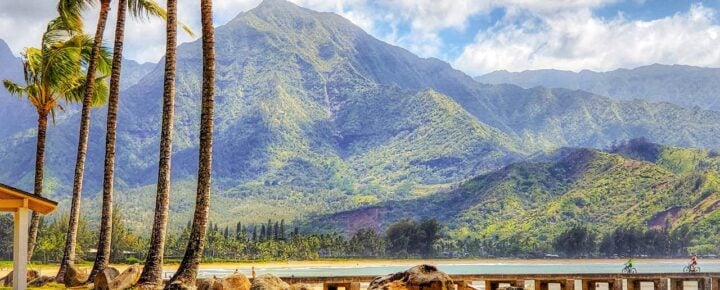
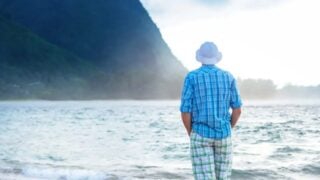
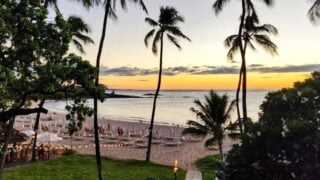

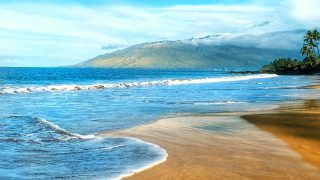
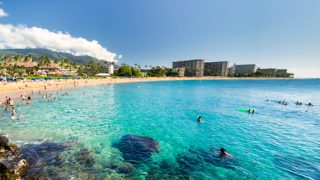
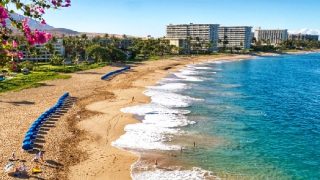
Money, money, money. money. as the song states. Noone wants to give it up. Locals are not considered when there is money to fill someone’s pocket. However, locals may be persuaded by this money and forget what they are fighting for.